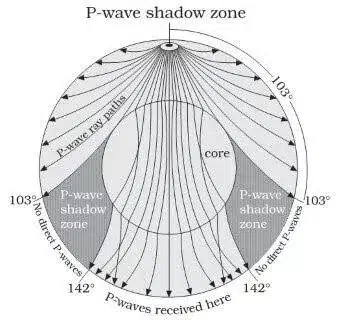Difference Between Fog and Mist
Fog and mist both are the suspensions of water droplets, but the mist is simply at a lower density. The key difference between fog and mist is how far you can see through them. Fog is when you can see less than 1,000 metres away, and if you can see further than 1,000 metres, we call it mist.
- By international agreement (particularly for aviation purposes) fog is the name given to resulting visibility of less than 1 km. However, in forecasts for the public, this generally refers to visibility less than 180 m.
- Mist typically is quicker to dissipate and can rapidly disappear with even slight winds, it’s also what you see when you can see your breath on a cold day.
The differences between fog and mist are tabulated below:
| FOG | MIST |
|---|---|
| It can be defined as a thick cloud that hangs low, consisting of tiny water globules. | It refers to the formation of clouds due to a change in temperature or change in humidity |
| The density of fog is high. | The density of mist is comparatively low. |
| Visibility is restricted to nearly 1km. | Visibility is restricted to more than 1 km. |
| It lasts for a longer period. | It disappears with even slight winds. |

Types Of Precipitation | Types Of Rainfall
Then, What is Haze?
This is a slightly different phenomenon which is a suspension of extremely small, dry particles in the air, not water droplets.
- These particles are invisible to the naked eye, but sufficient to give the air an opalescent appearance.
- These particles can also contribute to creating a red sky at sunrise or sunset.
Also, refer :








